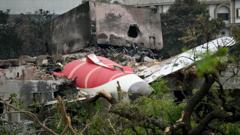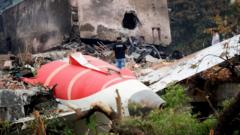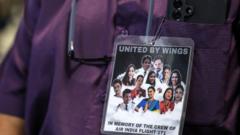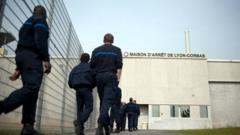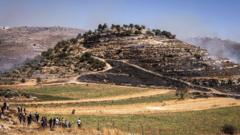As authorities launch a comprehensive investigation into the Air India Flight AI171 disaster, initial theories suggest possible engine failure, bird strikes, or flaps misconfiguration may have contributed to the devastating crash shortly after takeoff from Ahmedabad.
Initial Theories Emerge on Air India Flight AI171 Crash After Takeoff

Initial Theories Emerge on Air India Flight AI171 Crash After Takeoff
Ongoing investigation into the tragic Air India Flight AI171 crash seeks to uncover potential causes as experts analyze footage and flight data.
An intense investigation is underway following the tragic crash of Air India Flight AI171 just moments after takeoff from Ahmedabad, where the Boeing 787-8 Dreamliner plunged into a residential area, resulting in the deaths of all 242 people onboard and additional casualties on the ground. Investigators from India, the US, and the UK are mobilizing to analyze flight data and cockpit recordings to determine the cause of this unprecedented incident.
Experts have outlined several potential factors that could have led to the crash, occurring merely 30 seconds into the flight. Initial reports indicate that the aircraft was piloted by highly experienced Captain Sumeet Sabharwal and co-pilot Clive Kundar, who together boasted over 9,000 flight hours. However, following takeoff at 13:39 local time, a mayday call was issued shortly before the plane began a rapid descent, raising alarming questions.
Among the possibilities discussed is the rare scenario of a double engine failure. This scenario, while highly unusual, evokes comparisons to the 2009 "Miracle on the Hudson" incident. Aviation professionals suggest that such a failure could stem from fuel contamination or obstruction leading to engine shutdowns. Furthermore, speculation surrounds whether aircraft mechanisms, such as the Ram Air Turbine (RAT), may have been activated following the apparent loss of engine power.
Another potential cause revolves around the rampant bird strike incidents reported at Ahmedabad airport, known for its high avian population. Experts cite that bird strikes pose a severe risk to aircraft safety, particularly during takeoff when an engine could sustain critical damage. Some pilots indicate that Ahmedabad’s geographical location has recurrently led to bird strike incidents, with data revealing significant occurrences over recent years.
Additionally, discussions amongst analysts have raised the possibility that the aircraft's flaps may not have been properly configured for takeoff. Pilots assert that without Flaps extended, the fully-loaded aircraft could struggle to gain altitude, especially under challenging conditions like Ahmedabad's heat that reached near 40°C (104F). Aviation safety protocols dictate thorough pre-takeoff checks, and an oversight in flap configuration could imply a serious human error.
In the days ahead, the investigation is set to delve deeper into these various hypotheses as teams investigate the wreckage and analyze electronic flight records. Both Boeing and engine manufacturer GE Aerospace are pledging their support to identify the causes behind this tragic accident, marking a somber moment in aviation history as the industry grapples with the implications of such a devastating crash.







